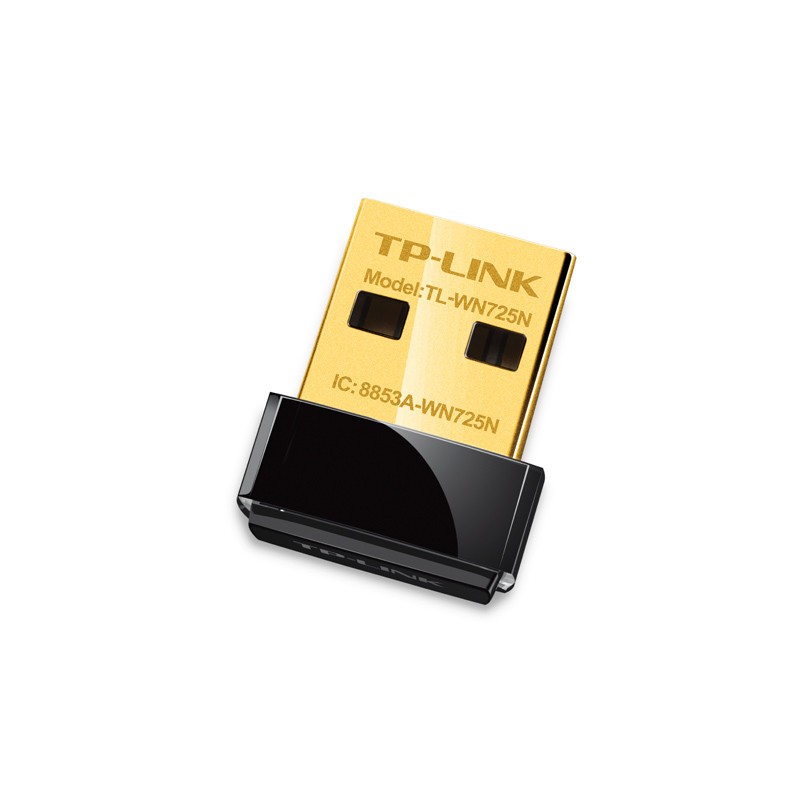
- #TP LINK WIRELESS USB ADAPTER DRIVER FROM DE HOW TO#
- #TP LINK WIRELESS USB ADAPTER DRIVER FROM DE PASSWORD#
That way is wpa_supplicant-wext-_interface_.conf. Systemd is going to start wpa_supplicant for us, BUT our configuration file must be named in a specific way.

This’s great so far, but I really prefer the network come up on it’s own after a reboot. It will then output a network configuration block that you can append to your interface config ip addrġ: lo: mtu 65536 qdisc noqueue state UNKNOWN group default qlen 1000Ģ: enp1s0: mtu 1500 qdisc noop state DOWN group default qlen 1000ģ: wlp0s26f7u6: mtu 1500 qdisc mq state UP group default qlen 1000
#TP LINK WIRELESS USB ADAPTER DRIVER FROM DE PASSWORD#
Run it as wpa_password replacing SSID and PASSWORD with the appropriate values.

However, you can use a plaintext password if you prefer by putting it in quotes after psk=. I used wpa_password to generate a hashed password for use in the conf file. # defines wireless network specific settings # allow wpa_supplicant to overwrite the config file # have this or you aren't part of the wheel group you *must* run wpa_supplicant as root (not sudo). # allow frontend to be used by all users in 'wheel' group. My file looks like this: # specify thelocation of the controller interface socket.
#TP LINK WIRELESS USB ADAPTER DRIVER FROM DE HOW TO#
Later I will show how to setup systemd to connect the wireless interface on boot. On my system this file is called /etc/wpa_supplicant/wpa_nf. If you want to start this card and connect on boot my suggestion is to name your configuration file using this convention wpa_supplicant-wext- nf (wext to specify the driver). Configuration File wpa_nfĬonfiguration files go in /etc/wpa_supplicant/. One caveat with this chipset is that we must tell wpa_supplicant to use the deprecated driver wext and not nl80211. Then we can bring up the connection and tell dhcpcd to grab an IP address. To make this work I needed to create a wpa_supplicant configuration file. To configure my wireless network I am using wpa_supplicant. You can see above my wireless adapter is named wlp0s26f7u6.

I’m not sure which distros might use that naming convention in 2019, but Arch, CentOS, and Ubuntu aren’t among them. You’ll often see tutorials using wlan0 as the network device name. Link/ether 18:a9:05:b9:30:b2 brd ff:ff:ff:ff:ff:ffģ: wlp0s26f7u6: mtu 1500 qdisc mq state UP mode DORMANT group default qlen 1000 The grep command supresses the output of lsusb that we don’t care to see, i.e., other usb ip linkġ: lo: mtu 65536 qdisc noqueue state UNKNOWN mode DEFAULT group default qlen 1000 These adapters use a Realtec 8188EUS chipset, and, at least on Arch, the firmware is installed with the base system.įirst the output from lsusb | grep 8188. The trick to getting these devices working is using the deprecated wext driver in wpa_supplicant. I found some conflicting information online about setting these devices up so I wanted to post my config in case it helps someone else. I’m using Arch Linux and do all configuration from the command line. We had a TP-Link TL-WN725N laying around and decided to use that.

Unfortunately, my current home isn’t cabled with Ethernet, and I’ve recently rearranged furniture and needed a wireless card. It’s always on and acts as a hub machine, or “server”, if you will. I like using an old fashioned desktop machine at home. TP Link TL-WN725N USB WiFi Configuration in Linux


 0 kommentar(er)
0 kommentar(er)
